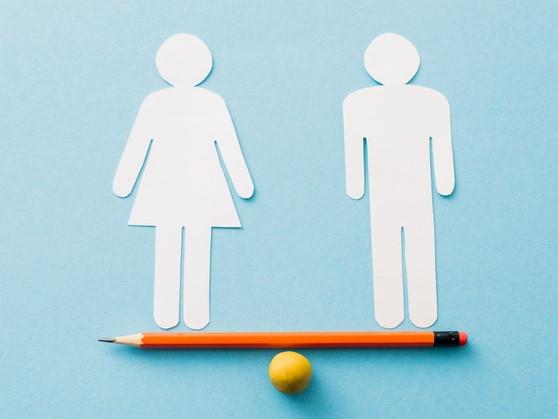Higher education institutions (HEIs) around the world play a crucial social role in achieving gender equality. The presence of HEIs in which gender equality norms are implemented and modelled, where women’s voices and opinions are valued and promoted, is a crucial factor for any society towards an acceleration in women’s equality and empowerment.
A joint report by Times Higher Education and the United Nations Educational, Scientific and Cultural Organization (Unesco), titled Gender Equality: How Global Universities are Performing, reveals the extent to which HEIs around the world are contributing to gender equality.
Indeed, gender equality as a fundamental human right is a mission present within the United Nations’ 17 Sustainable Development Goals (SDGs) and is explicitly addressed in SDG 5: “to achieve gender equality and empower all women and girls”. However, universities can certainly do more to accelerate the process and achieve this goal. Below, I will share my suggestions on what HEIs can do to improve gender equality.
- How to encourage gender equity in interdisciplinary research
- Embracing inclusivity with ‘y’all’: why this pronoun deserves a fresh look
- Breaking barriers for women: closing the gender health gap in academia
In many countries, there is a variety of regulations in place and legal frameworks on gender equality have been established. However, to successfully advance gender equality in everyday practices, HEIs must also develop their own internal regulations and policies that target their own gender equality gaps and change their internal culture. Supporting gender equality in education can be achieved through various strategies, such as:
A comprehensive approach to gender equality
To achieve gender equality, first, the senior administrative team should adopt supportive regulations with a long-term vision towards gender equality. HEIs, as large organisations that employ thousands of people and accommodate students and academics, should not only produce policies and services that support the advancement of women in society, but by ensuring that necessary measures are properly documented, promoted and implemented, they should also set an example for other sectors. Specially trained personnel and centres responsible for gender equality on campus will help towards achieving this.
Prevention of violence against women
Many reports indicate that violence against women in higher education is widespread all over the world. HEIs need to take measures to prevent gender-based violence. For example, an institution-wide approach to combat gender-based violence can be adopted by collecting data on the prevalence of violence against women; training can be given to students about what to do in the face of violence against women; local partnerships can be established with non-governmental organisations and women’s centres.
Gender-sensitive teaching and learning
Teaching methods and curricula that respond to the unique needs of all students, no matter their gender, should be used. Educators should follow gender awareness programmes and training. Introductory courses on gender can be included in the curriculum, and the current curriculum can be updated to include gender issues through different subjects. Students, staff and academics of all genders can be brought together and several activities can be incorporated into curricula, research projects and staff workloads to promote gender equality. For example, an event that includes watching and discussing gender-themed movies, commercials or documentaries can increase the awareness of all participants.
Incentive to participate in educational programmes
Men continue to dominate many fields, including science, technology, engineering and mathematics. HEIs must encourage diverse female role models and inspire more women to enrol in such fields. For example, conferences focusing on women excelling in these fields can be organised, creating opportunities for students to connect with female professors and female professionals who specialise in those fields. Hosting an event focused on women can also provide female students with a safe space to discuss their experiences in the field with like-minded people and gain confidence in their abilities and perseverance in these areas.
Representation in leadership positions
Representation of women in leadership positions is insufficient. Many higher education leadership, senior academic research and management roles are disproportionately held by men. Equal participation of women and men in the decision-making processes of higher education should be ensured. In this regard, HEIs should review their recruitment and promotion practices and provide leadership and mentoring programmes or training for women.
HEIs are hubs for future thought and social leaders. Gender equality can only become possible when harmful, rigid gender norms are challenged and gender equality is promoted, and the above is a mere starting point for the challenging work to come.
Perçem Arman is a lecturer in the department of international law at the Faculty of Law at Near East University, North Cyprus.
If you found this interesting and want advice and insight from academics and university staff delivered direct to your inbox each week, sign up for the THE Campus newsletter.




comment